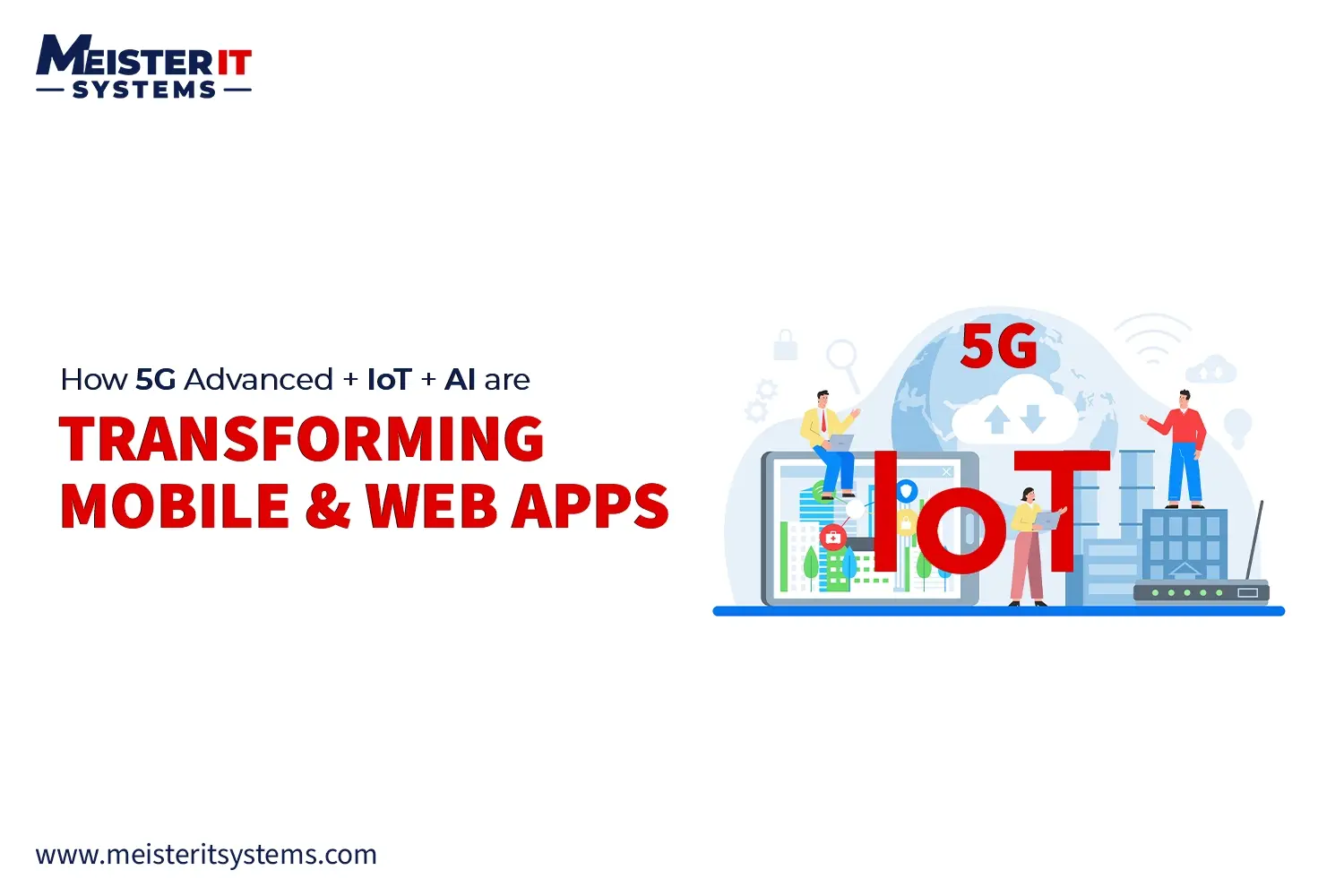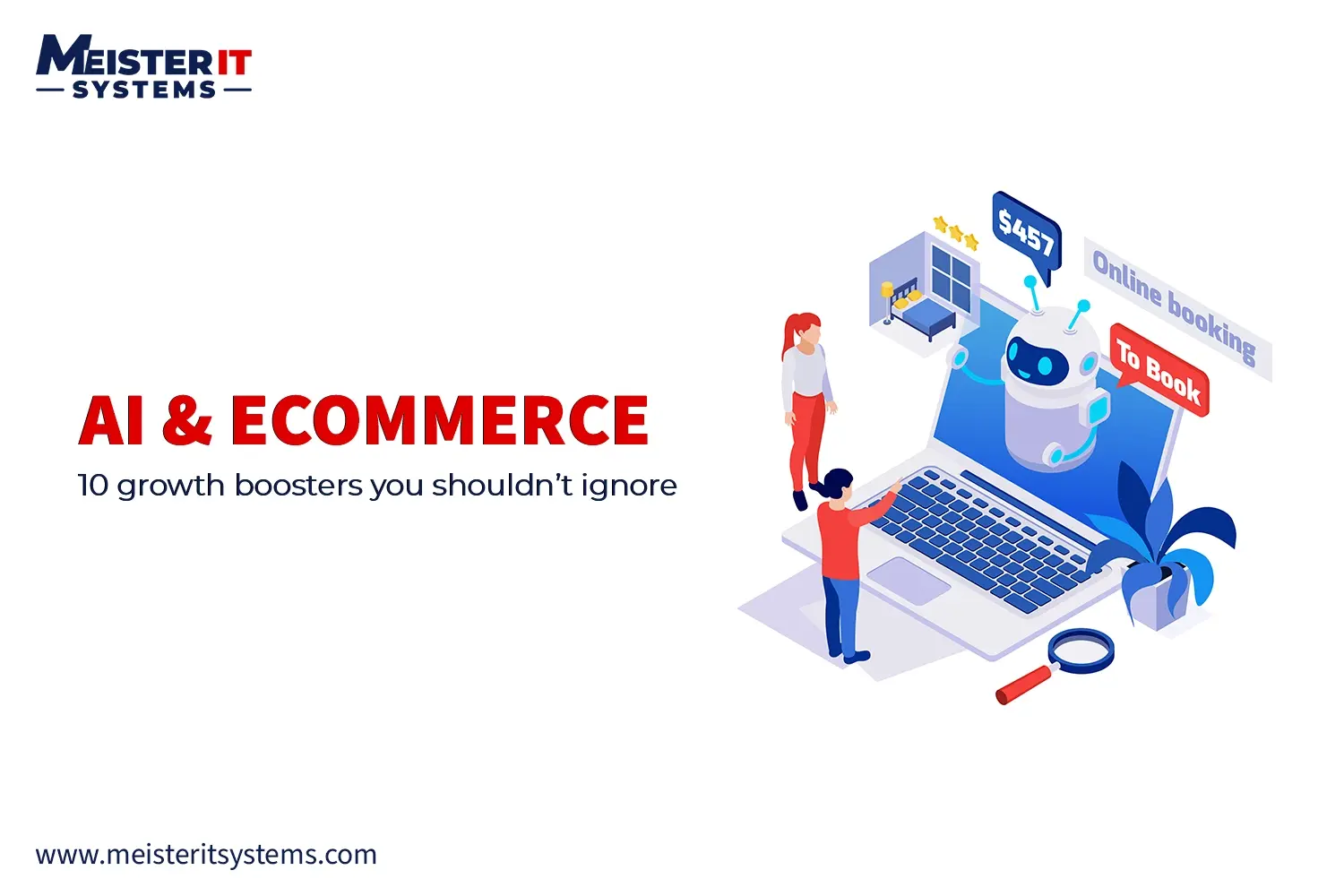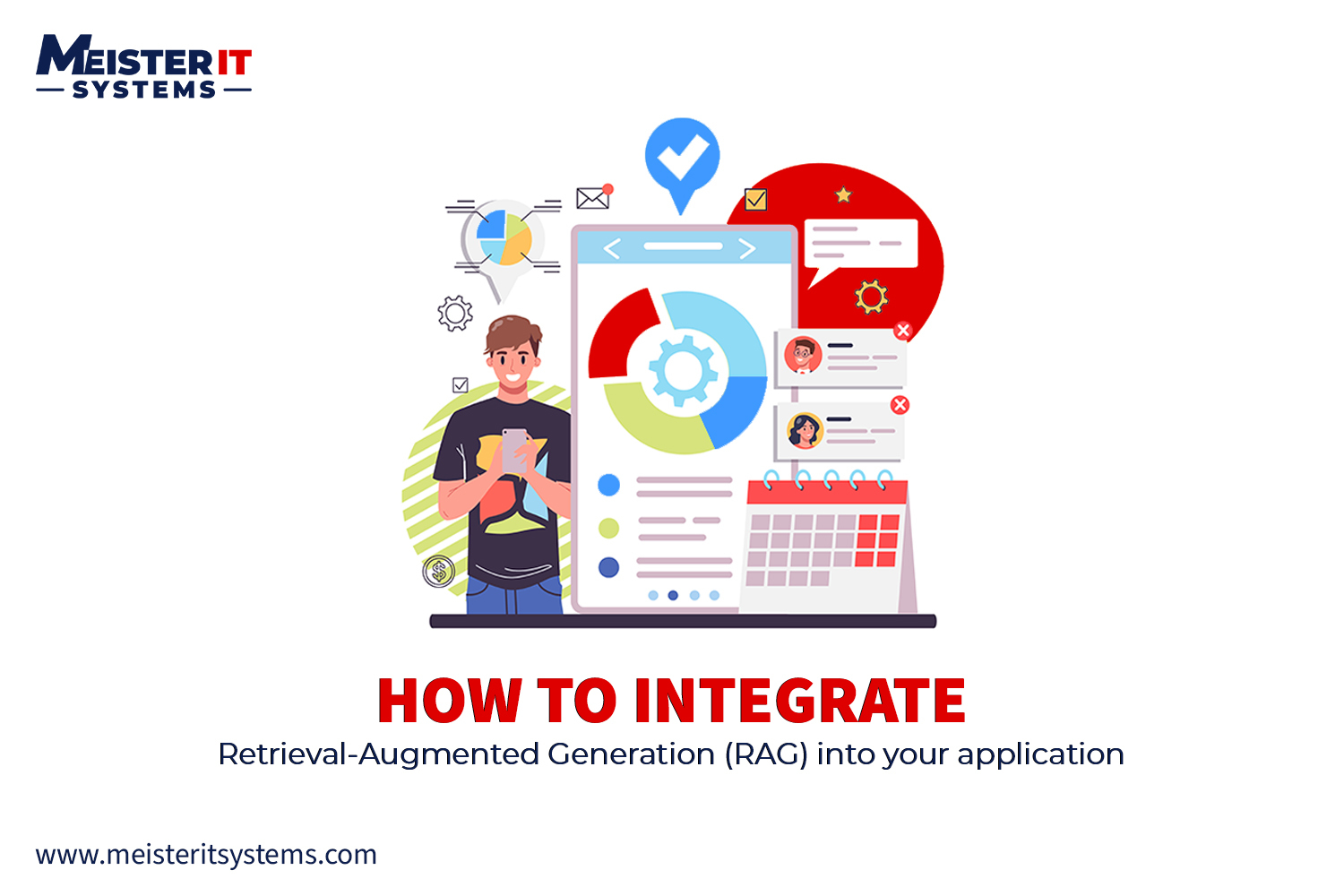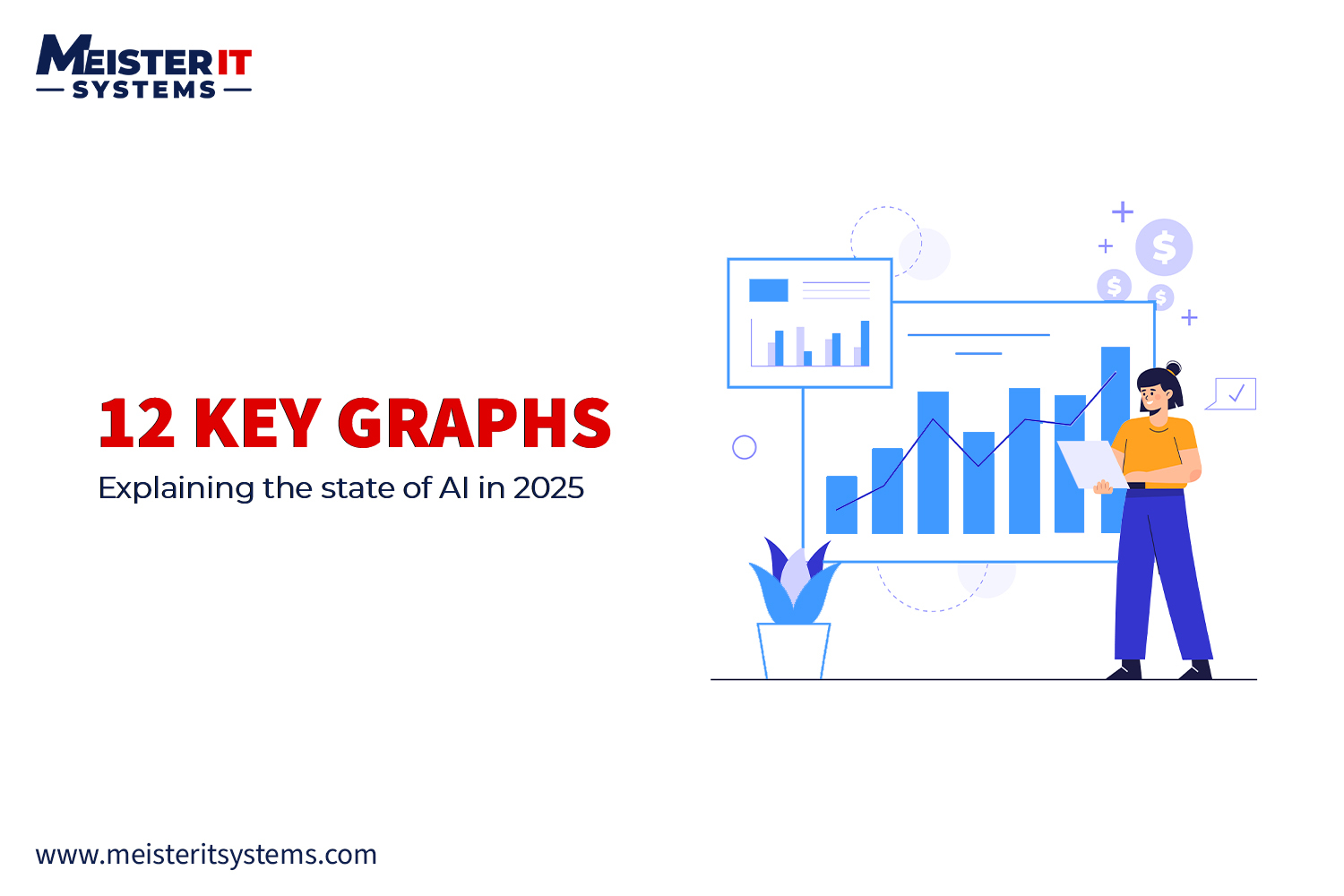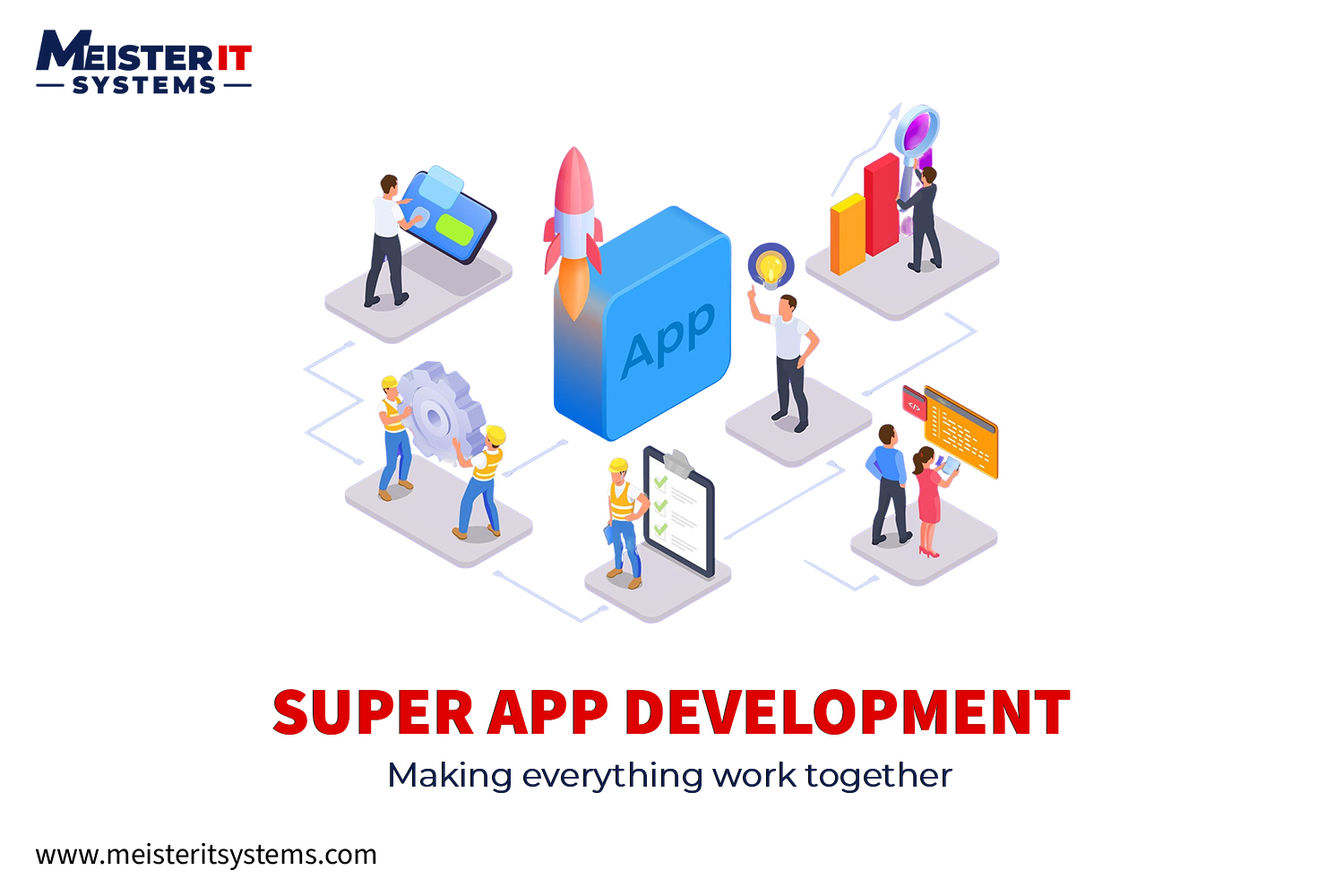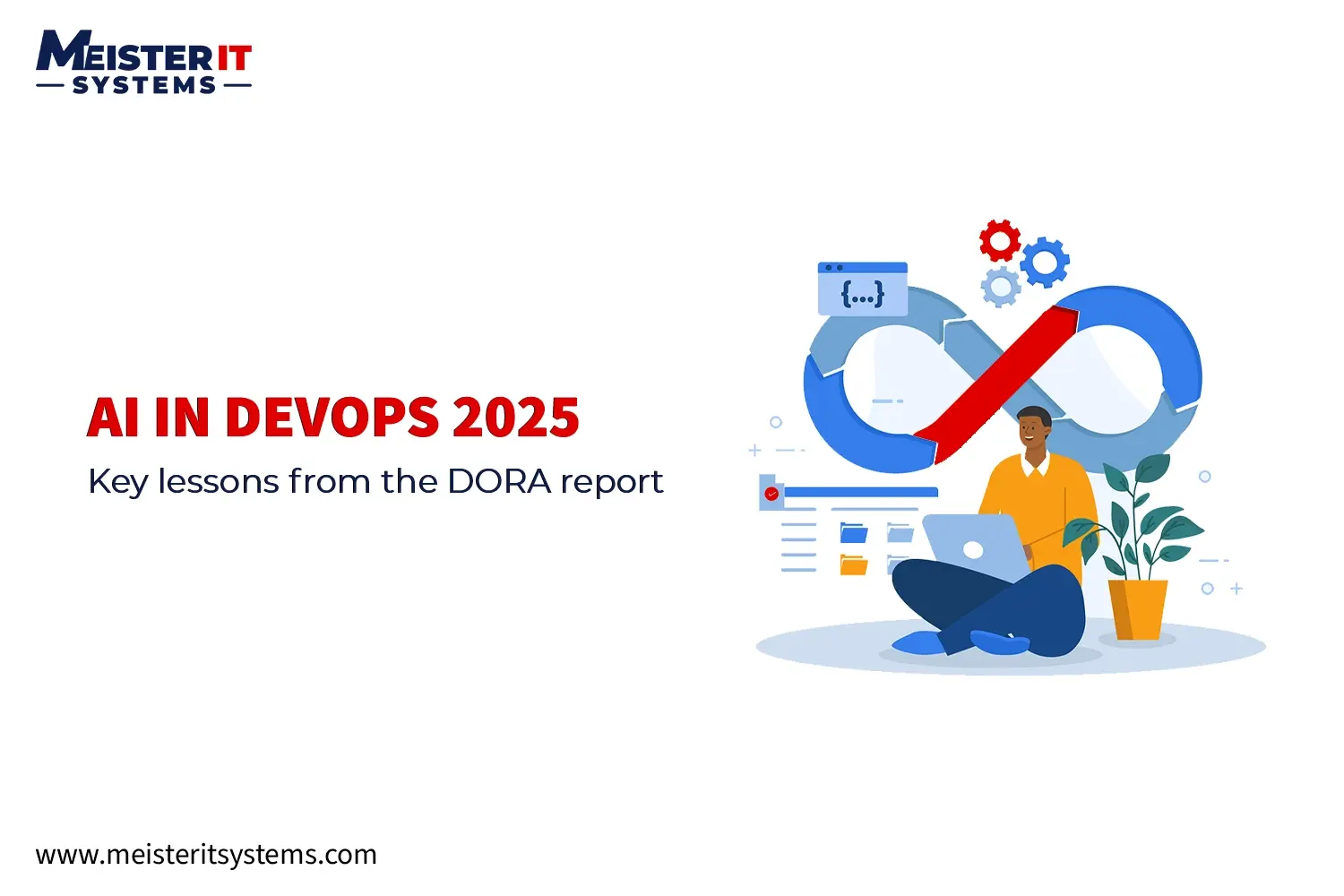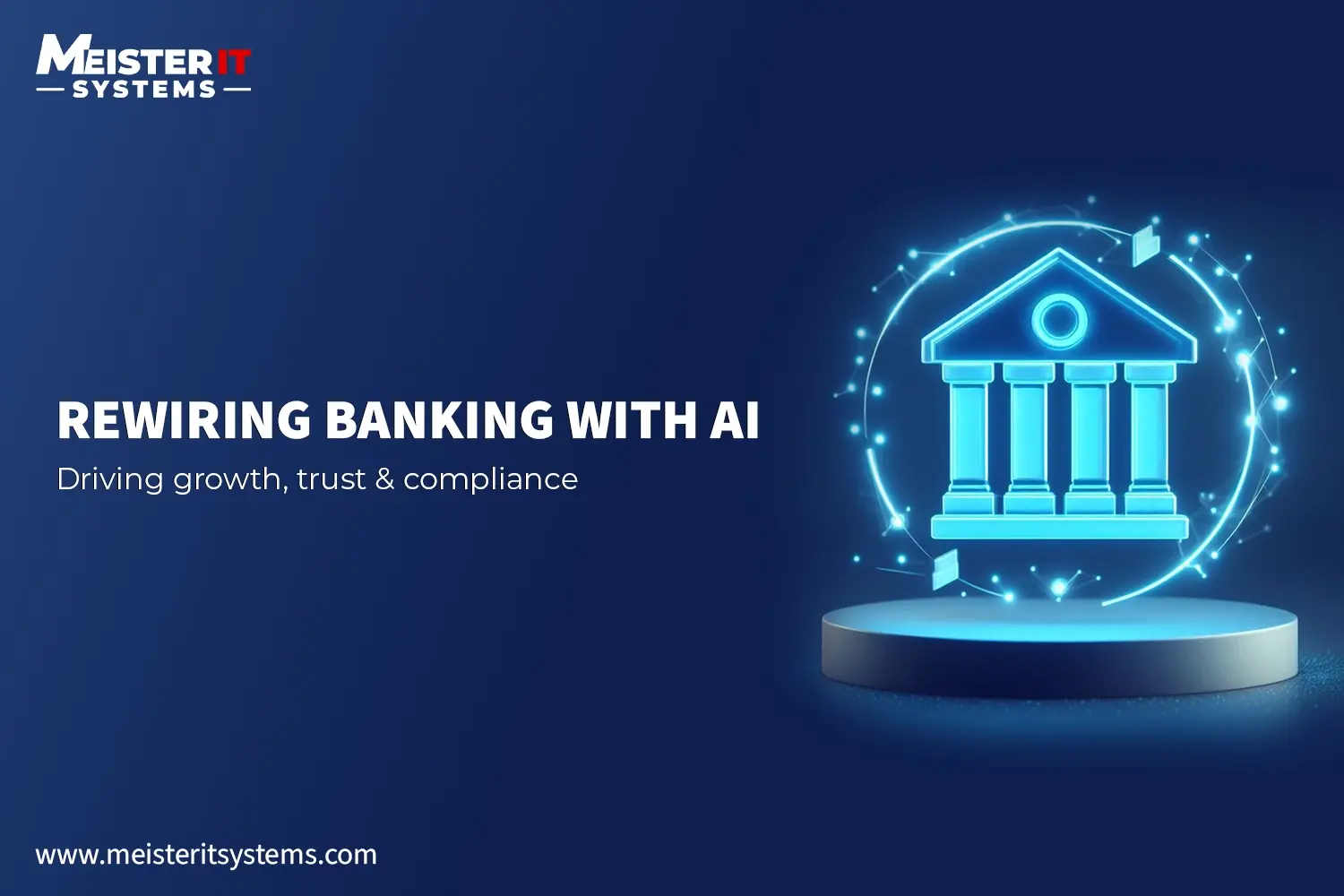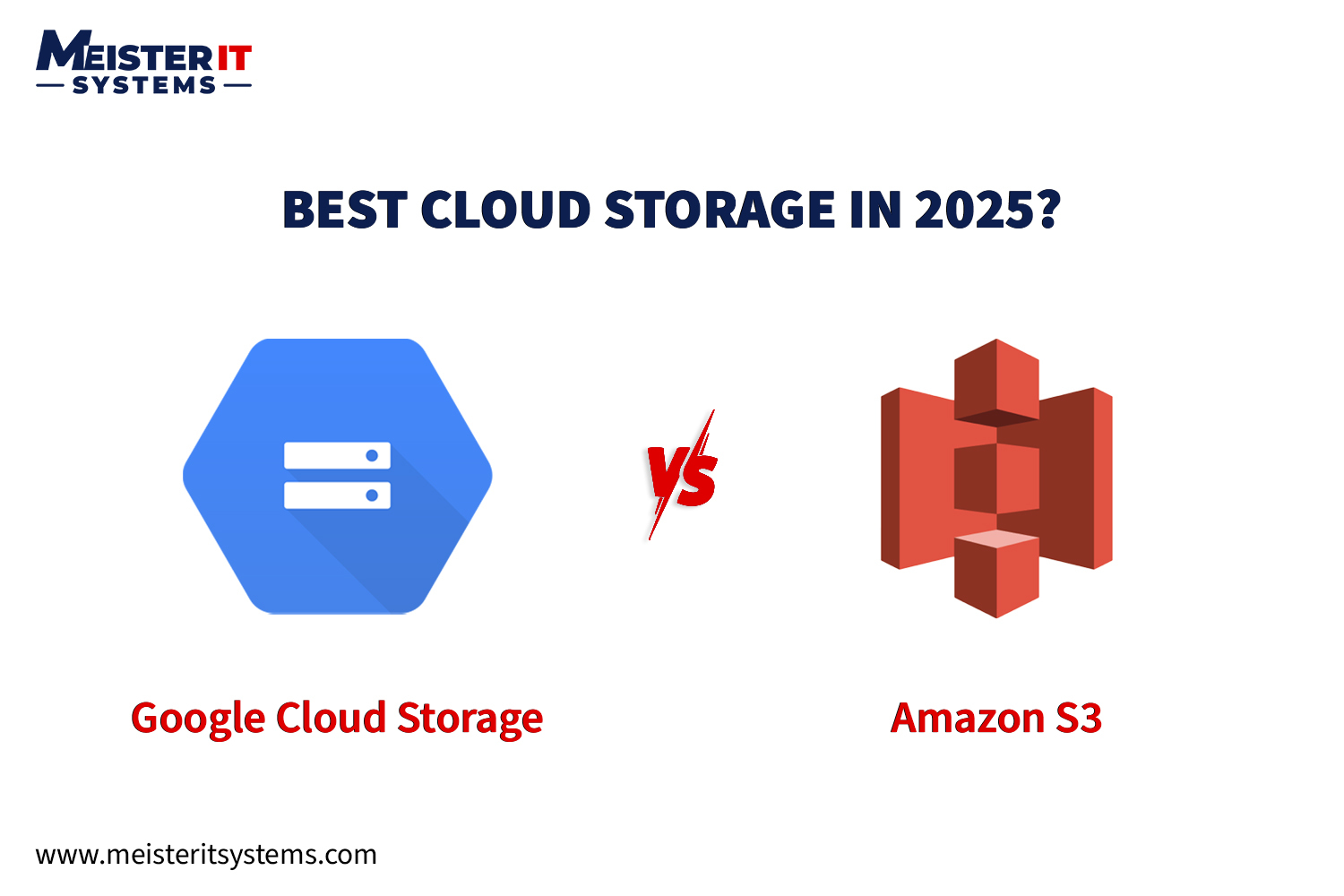
When working with Application Programming Interfaces (APIs), encountering errors is inevitable. Familiarising yourself with the most common API errors is crucial for developers to efficiently identify and rectify issues. Each error message corresponds to specific API problems, making it essential to understand their underlying causes.
In this blog, we have discussed the 5 common API errors that you may encounter. But before getting into it, let’s find out what exactly is an API!
What is an API?
An API (Application Programming Interface) is a set of rules and protocols that allows different software applications to communicate with each other. APIs define the methods and data formats that applications can use to request and exchange information, enabling functionality to be integrated and extended across various platforms and services. Essentially, an API acts as an intermediary that allows software programs to interact, share data, and access functionalities, simplifying the process of building complex systems by leveraging existing components and services.
What is an API error?
An API error is a problem that occurs when an API request fails to execute as expected, resulting in an error response from the server. This can be due to issues such as incorrect input parameters, unauthorised access, server malfunctions, or network problems. API errors typically include an error code and message that help identify the cause of the failure.
What does an API failure means?
An API failure occurs when the server cannot find the requested resource from the API provider. When this happens, a numeric error message is returned to identify the specific error. The failure might be due to an incorrect endpoint, an invalid parameter, or an issue with the API key in the request.
5 Common API Errors
As you’re aware about what APIs are, it’s time to find out the common errors you can face with them. Let’s delve into the five most prevalent API errors and strategies for resolution:
1. Error: Using HTTP Instead of HTTPS
Common Error Codes: 505 Internal Server Error, 403 Forbidden, 404 Not Found
- The 403 Forbidden error arises when a server declines to fulfill a client’s request due to authorisation issues or other restrictions imposed by the API provider.
- The 404 Not Found error emerges when a server cannot locate the requested resource from the API provider.
- The 505 HTTP Version Not Supported Error happens when a server cannot locate the requested resource from the API provider.
Resolution: These error messages can result due to multiple errors in the API. So, when this error occurs, consult the API documentation to verify the appropriate protocol (HTTPS) for communication and ensure you’re using the correct data parameters with your requests. You can use Application Programming interface platforms like Postman. This platform aids in error detection and correction by comparing requests against saved examples.
2. Error: Using the Wrong HTTP Method
Common Error Codes: 405 Method Not Allowed
The 405 error occurs when a client tries to utilise an HTTP method that the server does not permit. For instance, this situation may arise when a user attempts to employ a method like PUT or DELETE on a resource that solely permits GET or POST requests.
Resolution:
Make sure to verify the API documentation to ensure the correct HTTP methods are used for your API calls. You can utilise Stoplight – a collaborative API design platform, assists in creating functional APIs by guiding you through the entire process—from reviewing requirements to testing and publishing. If you encounter any of the four error messages – 505 Internal Server Error, 403 Forbidden, 404 Not Found, 405 Method Not Allowed, you must ensure that you’re using the correct HTTP method.
3. Error: Invalid Authorisation
Common Error: 401 unauthorised error
This API error occurs when a server cannot authorise the user’s credentials. This could be caused by an incorrect username or password or even a lack of permission access.
Resolution: Review credentials and API documentation to ensure accurate authorisation, including API keys, usernames, passwords, OAuth tokens, or JSON web tokens. However, if the credentials are correct, there may be a chance that you’re having an issue due to permission restriction. In such a case, get in touch with your API provider.
4. Error: Caching Errors
Common Error: Outdated or erroneous cached responses
Caching errors occur when APIs frequently generate the same results, leading to caching to enhance performance for authorised users. These errors arise when outdated information remains cached in an API result or when an error state is cached.
Resolution: Troubleshoot API calls in a non-cached environment and validate results across different machines. Explore cache invalidation methods outlined in API documentation. Also, make sure to go through the API documentation and find out if it has any information about existing cache invalidation methods and how to fix it.
5. Error: Invalid Fields
Common Error Codes: MISSING_FIELD_VALUE, UNKNOWN_FIELD_VALUE, BAD_FORMAT, INVALID_FIELD_LENGTH, DUPLICATE_FIELD_VALUE
When you pass the data to an API, you must offer all the information that an API is expecting; otherwise, it may result in the above mentioned errors.
Resolution: Validate endpoint documentation to ensure correct parameters and data format are provided in API requests.
How To Reduce API Errors?
Navigating API errors efficiently requires a thorough understanding of error types and systematic troubleshooting approaches. Regular reference to API documentation is indispensable during development to ensure adherence to specifications. Leveraging API platforms with comprehensive repositories of functional examples streamlines error detection and resolution. However, if you still face any issues with the APIs, make sure to get in touch with your API provider!
Looking for a development team who can develop APIs for your next project? Get in touch with us!



